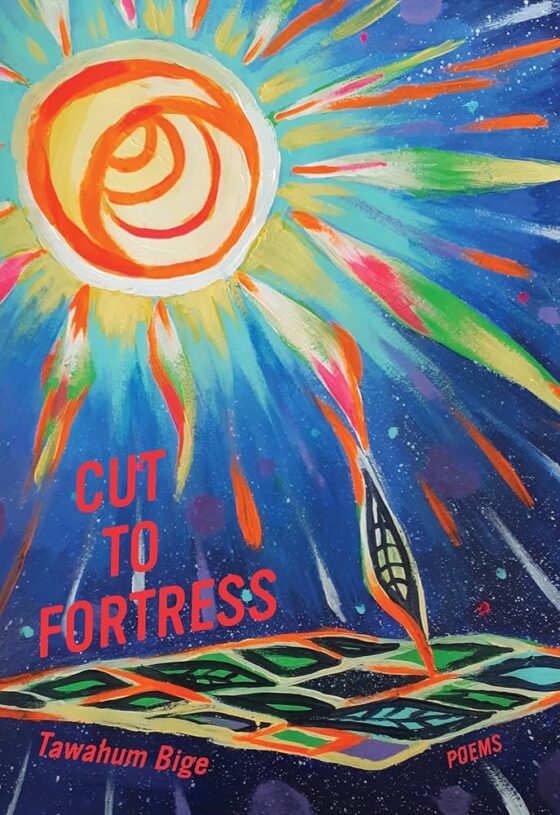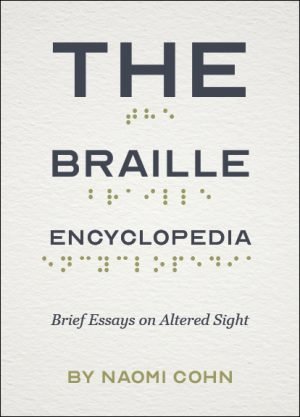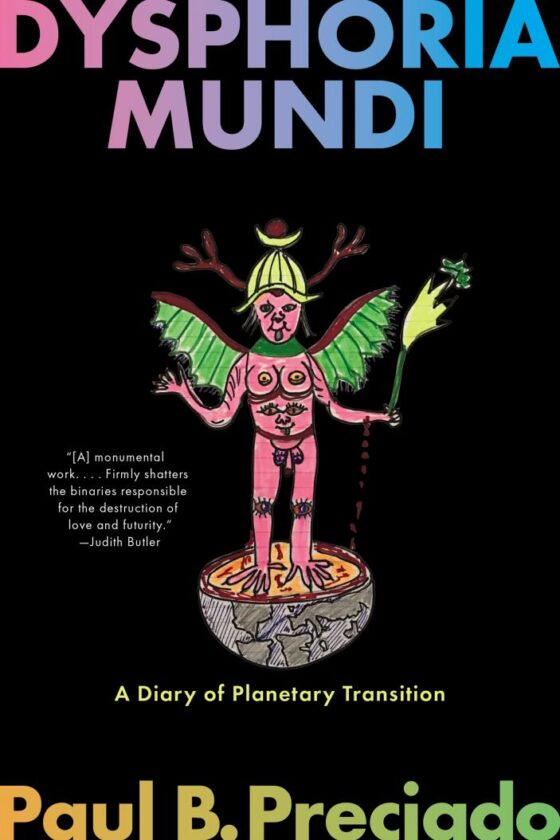César Aira’s Varamo reaffirms Aira’s place as seminal Latin American writer whose work wanders between bizarre situations and philosophical digressions.
A government employee in the newly independent state of Panama is handed counterfeit bills when picking up his monthly salary of two hundred pesos. As he tries to figure out what to do about this perilous situation, he unsuccessfully taxidermies a fish, discovers an underground golf-club-trafficking operation, and writes a seminal work of Central American avant-garde poetry called “The Song of the Virgin Child.” It is the first poem he has ever written and the last he will write. His name is Varamo, and César Aira’s novel of the same name is a literary exercise in constructing the context in which he created this genius work using only the poem itself.
Varamo is the sixth tiny book (only 89 pages) of Aira’s to be published in English by New Directions. Since An Episode in the Life of a Landscape Painter was put out in 2006, his reputation as one of Latin America’s most important writers has grown tremendously. The novels are all quite different plot-wise, but in each one is guaranteed a sprint through multiple bizarre situations, a few philosophical digressions, a charming light-heartedness, and exquisite sentences.
Literature itself is also guaranteed to be present, sometimes explicitly, though not always. In the last three novels to come out—The Literary Conference, The Seamstress and the Wind, and now Varamo—it is at the forefront, but each takes a different approach. Varamo is about the nature of inspiration and the myths that surround the creation of art, as well as the perhaps silly exercise of literary criticism.
Varamo himself is not a compelling protagonist, by design. As a bumbling middle-aged man who lives with his mother, he is a textbook tragic case, and thus the perfect vessel through which to subvert all our ideas about what’s necessary to achieve greatness. He’s been intending to start stuffing animals for money; with no experience or knowledge of the process, he decides he should make his first attempt after being deprived of his salary. A fish is his first project; he wants it to look like he’s smiling and playing a piano, until he remembers fish don’t have hands. The chemical-filled fish miraculously survives and ends up dinner at the hands of Varamo’s senile mother, whom he finds in the street, yelling and “brandishing a fist the size of a hazelnut.” These are the absurdities that make reading Aira addictive.
But then the narrator stops time to explain how it is we’re inside the mind of the accidental poet, noting, “Naturalness, in general, is just the confusion of the first and third persons.” It is here, in the middle of the slim volume, during these five or so pages of extra-narrative commentary, that one might recall Roberto Bolaño writing that Aira is “mostly just boring.” It speeds up when Varamo finally goes on his customary nightly walk to the café, where he sits down with some publishers who tell him how the business of literature is done and offer him the perfect amount—two hundred pesos—for anything he could write that is more than the 64 pages required to “give it a spine.” And so off he goes to compose his brilliant work, which contains the entirety of the day on which it was created, from the text on the scraps of paper that had accumulated in his pockets since he left work with the counterfeit bills.
The novel, in enacting the criticism it mocks, is playful and clever. On page one, Aira writes of the poem, “The action contained the inspiration, and vice versa, each nourishing and consuming the other, so that nothing was left over.” While he succeeds in using the dull Varamo to prove a point about how one can and perhaps should divorce art from its creator and the context of its creation, the fact that Aira has left nothing over here is a bit too tidy.




